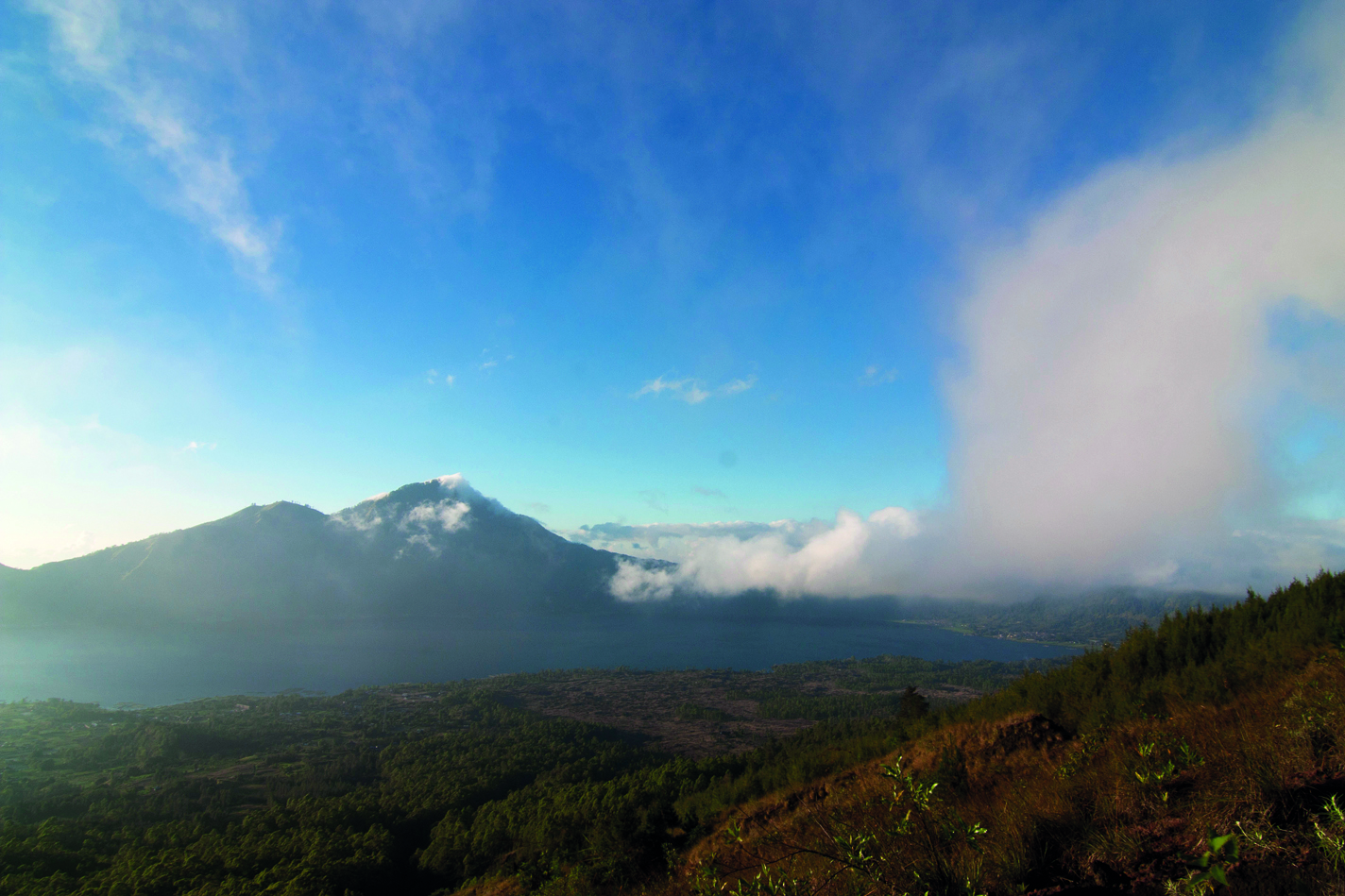In many ways the disruption caused to Bali’s tourism industry by the continued volcanic activity has put a number of things into perspective. While I am really sad for the employees who have been laid off, the small businesses that have suffered, and the thousands evacuated from the danger zone, I have to say, seeing the island’s arrivals reduced to more than half its normal levels has revealed some interesting details.

At these drastically reduced levels the roads are quiet, parking is no problem, the airport crowds are gone, the palpable overcrowding, traffic-jamming, stressful life we live with day-in day-out have disappeared. So what does that mean?
It means simply that many sections of the islands south cannot handle the peak levels of tourist arrivals on the island. Overdevelopment and poor planning has created bottlenecks, congestion and tightly packed environments. This tragedy has revealed that the touristic “carrying capacity” of south Bali’s tourism isn’t what we have been told, and where we are as a result of volcanic activity – 6,000 to 8,000 arrivals per day, reveal a tourist destination without the tourist headaches.
I remember all too well the pleasure of being able to drive from Nusa Dua to Seminyak for dinner a few years ago, without the horror of a four hour round trip. I remember the delight of a one hour hassle free trip to Ubud, the wonder of a quiet walk down a motorcycle free path in Kuta. We lost all those things in the desperate frenzy for money. And we were wrong.
At a Tourism Summit many years ago I recommended to anyone who would listen, to concentrate on low-volume high-value tourism for Bali. Concentrating on four and five star hotels and avoiding the perils of the opposite. I was completely ignored.
There is a very simple business concept called the diminishing returns of mass tourism, and that is what has been so devastatingly revealed in this situation. Nature has spoken and panic was the result. But the real result for those of you who are now visiting Bali uncrowded is that we must learn that for an island with limited space, “more” is “less” and we need to live with that.
Enjoy uncrowded, peaceful Bali.
Alistair G. Speirs, OBE









